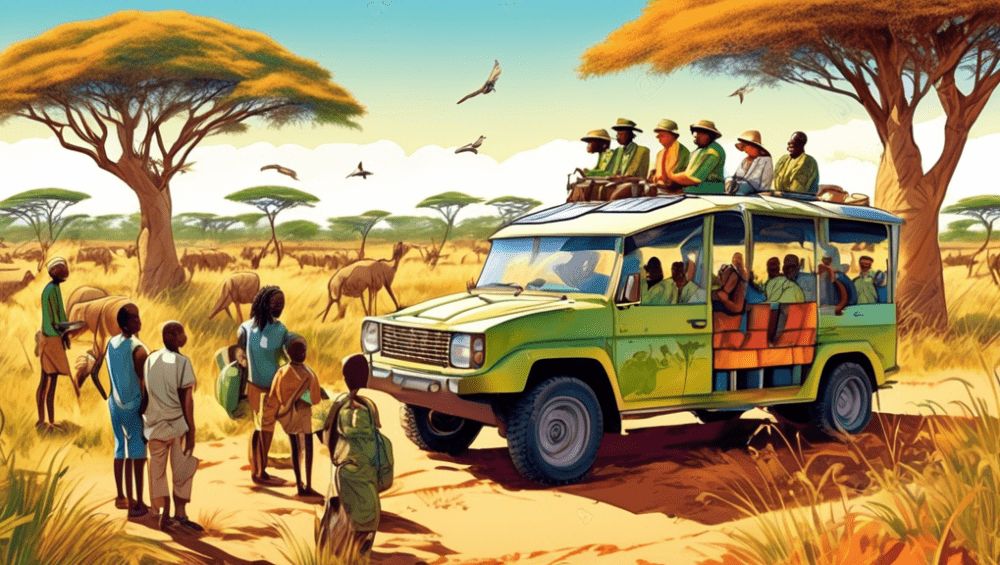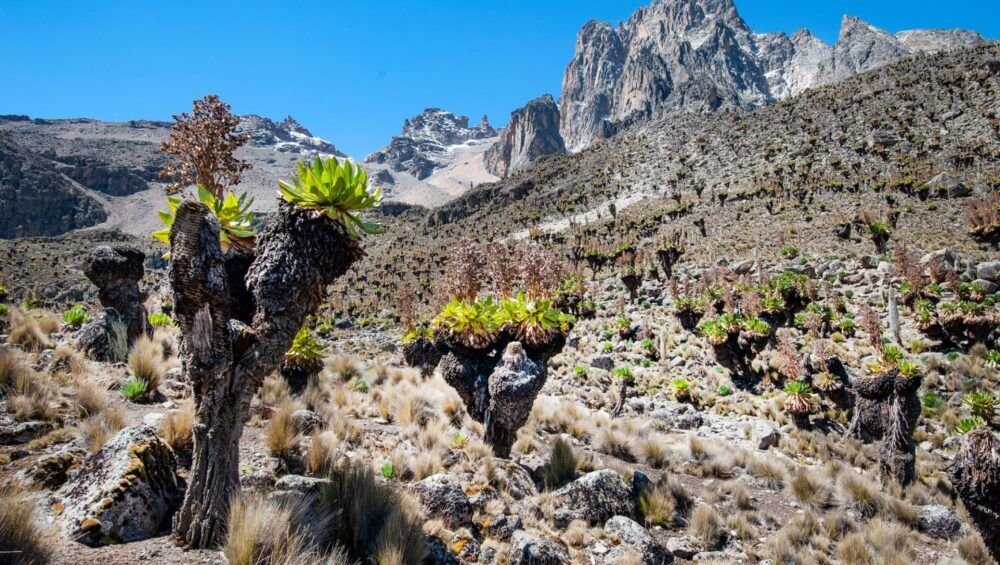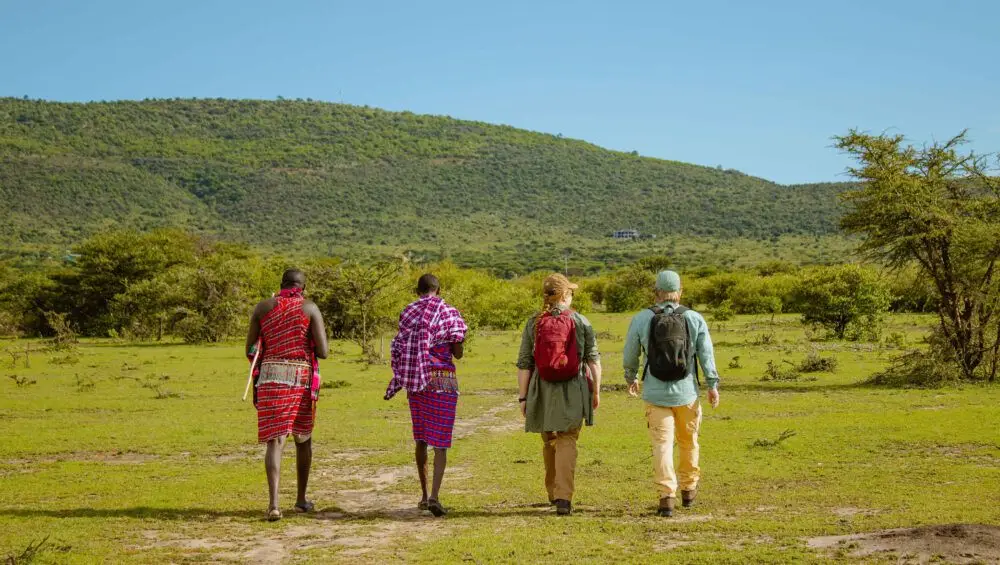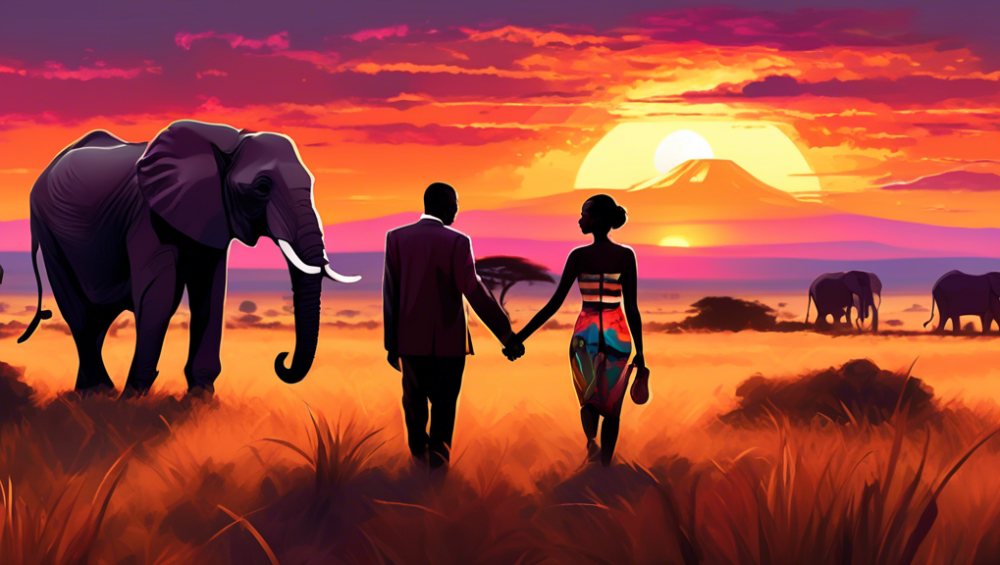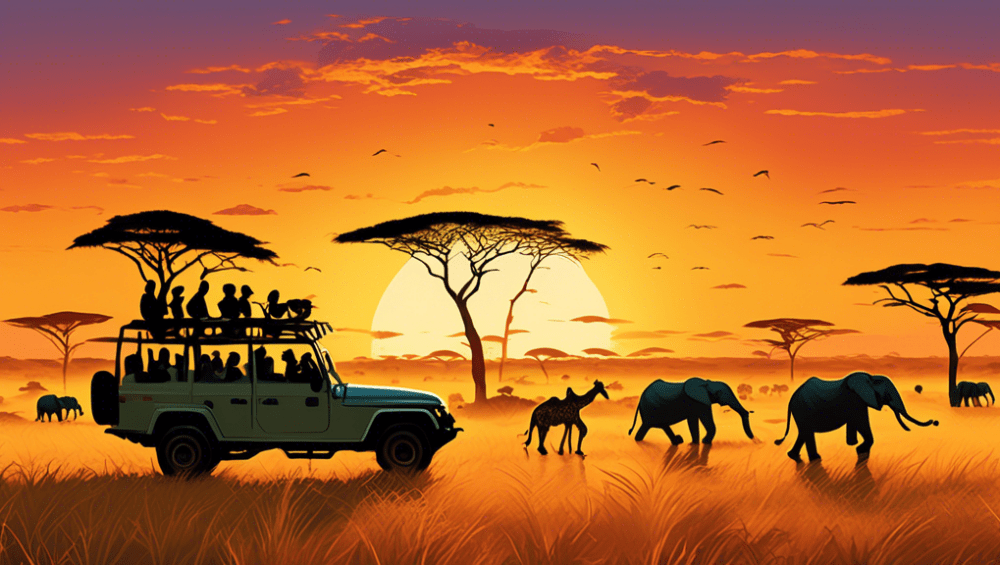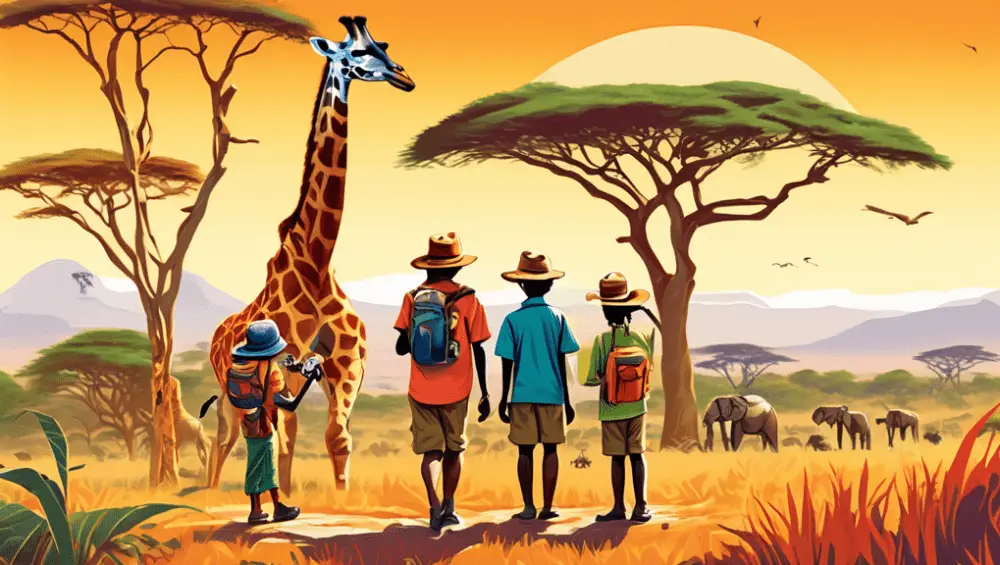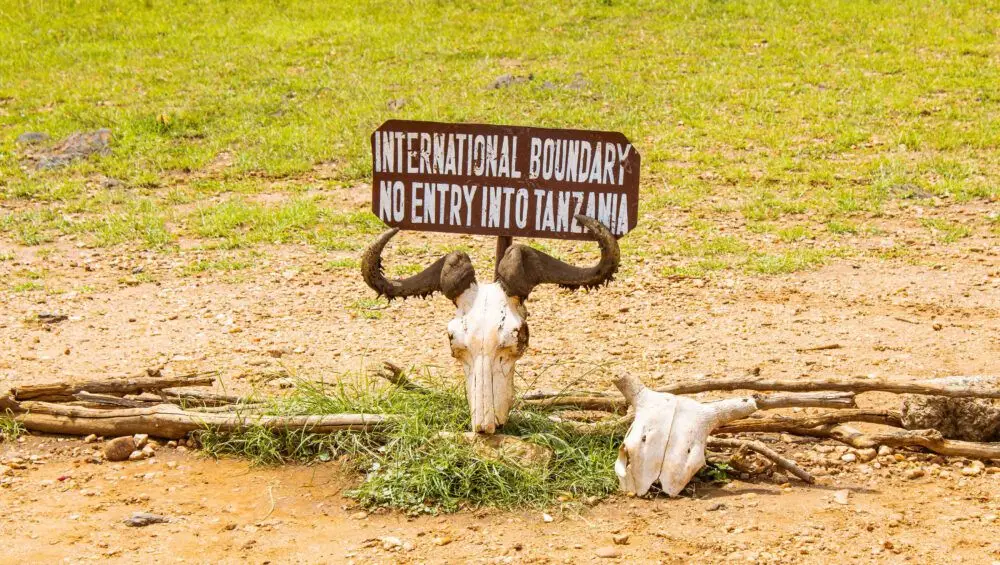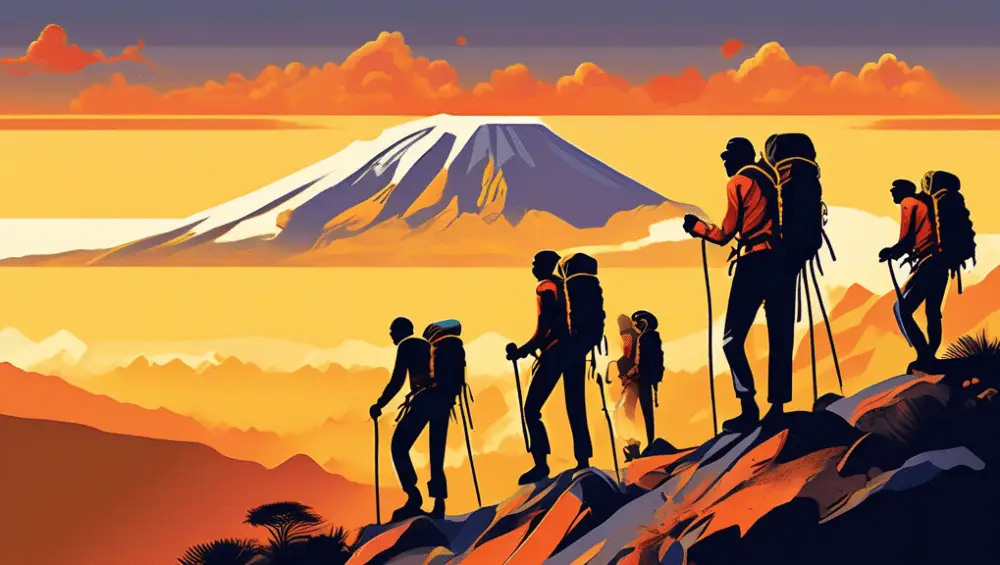Maximizing Your Long Layover in Kenya: Activities & Tips
Unlock the Adventure: Making the Most of Your Long Layover in Kenya
So, there you are, scrolling through your flight itinerary, and you notice it—a long layover in Kenya. For many, this might initially seem like a schedule mishap. But what if I told you that this layover could be one of the best parts of your trip? Yes, you heard that right! Kenya, with its vibrant culture, breathtaking landscapes, and diverse wildlife, offers a treasure trove of experiences. So, why not turn that layover into an adventure?
First Things First: Logistics
Before you start planning your mini safari or city exploration, let’s talk logistics. Most layovers in Kenya mean you’ll be spending time in Nairobi, the capital city. It’s crucial to check if you need a visa for a short stay. Fortunately, Kenya offers e-visas, making the process rather straightforward for most travelers. Also, keep an eye on your luggage situation. Some airlines might check your bag through to your final destination, while others may not. Knowing this beforehand can save you from a luggage limbo!
Opt for an Airport Lounge
If you’re not quite the adventurous type or you’ve got work to catch up on, an airport lounge could be your haven of peace (and Wi-Fi). Jomo Kenyatta International Airport offers several lounges where you can relax, enjoy a meal, or even freshen up with a shower. It’s a small investment for a lot of comforts, especially if you need some time to recharge.
Stepping Out: Nairobi Awaits
Got a layover of 6 hours or more? Well, Nairobi is just waiting to be explored. But how do you make the most of it without missing your next flight? Let’s dive in.
Visit the David Sheldrick Wildlife Trust
Have you ever wanted to get up close and personal with baby elephants? Here’s your chance. The David Sheldrick Wildlife Trust, a mere 30 minutes from the airport, offers visitors the opportunity to watch these beautiful creatures during their feeding times. Just make sure to check the timings, as it’s usually open to the public for only one hour a day. It’s a heartwarming experience and a chance to support conservation efforts.
Grab a Bite at The Carnivore
If you’re a foodie, missing out on The Carnivore would be a crime. Known for its meaty dishes served on traditional Maasai swords, dining here is nothing short of an experience. Yes, it’s touristy, but the exotic meats and vibrant atmosphere make it worth the visit. Plus, it’s a cool story to tell, right?
Embrace a Local Experience
Have a bit more time? Why not dive deep into the local culture? Markets like Maasai Market offer not just souvenirs, but a glimpse into the Kenyan way of life. Haggling over prices, admiring handcrafted items, and even sharing a laugh or two with the vendors can turn a layover into a memorable cultural exchange.
Tips for a Smooth Kenyan Layover
To ensure everything goes smoothly, here are some additional tips:
- Keep an eye on the time: Nairobi’s traffic is notorious. Always overestimate how long it will take to return to the airport.
- Inform your airline: Letting them know about your layover plans can sometimes offer you more flexibility with missed connections.
- Carry local currency: While many places accept cards, smaller markets and vendors prefer cash.
- Dress conservatively: Out of respect for the local culture (and to avoid standing out too much), dressing conservatively is advisable.
Remember, a long layover in Kenya doesn’t have to be a drag. It’s a golden opportunity to step out of the airport, stretch your legs, and add an unexpected adventure to your journey. Who knows? That layover might just become the highlight of your whole trip. So, are you ready to turn that transit time into an opportunity for exploration? Nairobi is calling!


